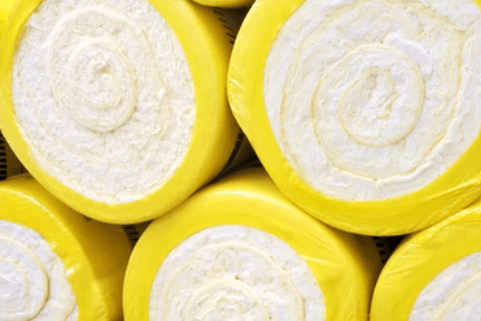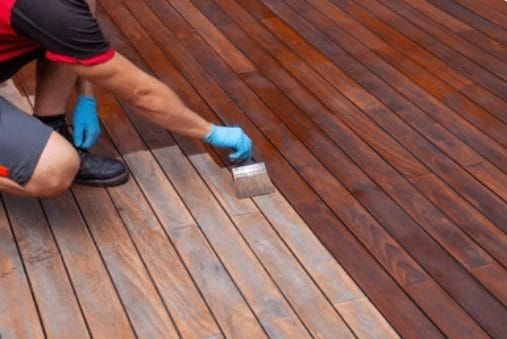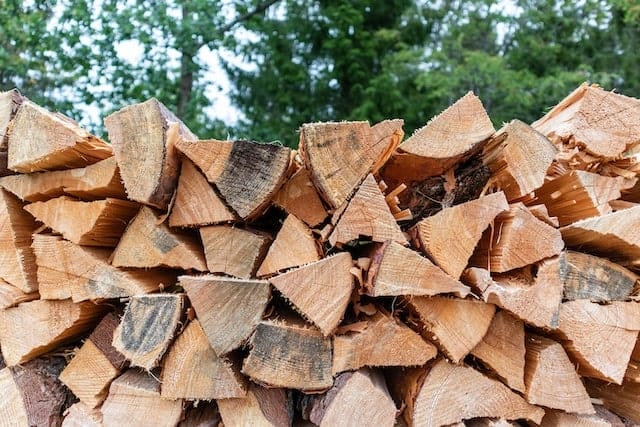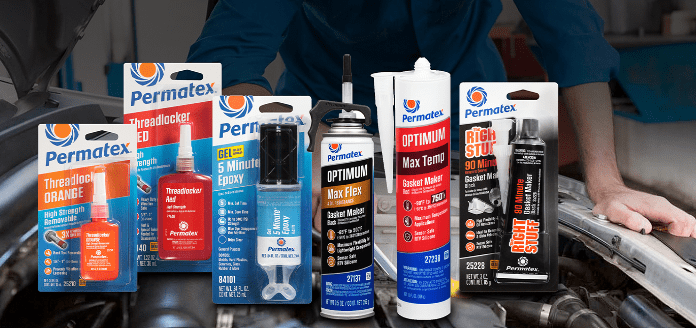How Long Does Pool Paint Take to Dry?
Picture your pool, glistening in the sunlight, surrounded by your backyard sanctuary, and reflecting your style. Painting your pool can transform your outdoor space, giving it a new lease of life and a unique character. However, this task demands patience and precision to achieve the desired result. It’s worth the effort, though – the outcome promises to be a refreshing oasis in your backyard. Let’s get straight to the point: how long does it take for pool paint to dry?
Pool paint drying time varies based on the type of paint and other factors. Epoxy paint takes about a week, acrylic paint takes 2-3 days, and chlorinated rubber-based paint takes 24 hours to dry. It’s essential to follow the manufacturer’s instructions, consider factors like temperature and humidity, and allow enough time for the paint to cure for a beautiful and long-lasting finish.
Understanding Different Types of Pool Paints and Their Drying Times
To understand drying times, it’s important to know the three most common types of pool paint: epoxy, acrylic, and chlorinated rubber-based paints. Each type has its characteristics and drying times.
Epoxy Pool Paint
Epoxy paint is a strong and durable option for concrete, plaster, and fiberglass pools. It’s resistant to chemicals and stains, making it a good choice for those looking for a reliable paint option.
However, it takes longer to dry compared to other types of paint. It’s important to know that epoxy paint requires around 7 days of drying before filling your pool with water. This is just a general guideline, but it is recommended to follow it for the best results.
Acrylic Pool Paint
Acrylic paint is water-based and is easier to use and kinder to the environment. It works well with all pool surfaces and is perfect for a quick touch-up, as it dries faster than epoxy. It takes a few hours for the paint to dry to the touch, but you’ll need to wait for 2-3 days before filling your pool to let it cure properly.
Chlorinated Rubber-Based Paint
If you’re looking to paint your pool, chlorinated rubber-based paint is a good option that is easy to apply and dries quickly. Although it is less durable than epoxy, it can still be a great choice for pools that require frequent repainting. Under ideal conditions, You can expect this paint to dry within 24 hours.
Also Read: How Long for Tile Adhesive to Dry?
Factors Influencing Drying Time
The time it takes for pool paint to dry depends on the type of paint and external factors. These external factors include:
Temperature and Humidity
For pool painting, it’s best to choose a day when the temperature ranges from 50°F to 90°F. Keep the humidity low. Cooler temperatures and high humidity can slow down the drying process significantly.
Ventilation
For indoor pools, it’s essential to have proper ventilation when drying pool paint. This means circulating enough air to help the paint dry effectively. To achieve this, make sure there’s adequate airflow in the area.
Number of Coats
When painting, it’s important to remember that adding more coats will increase the drying time. To achieve the best results, each layer of paint should be allowed to dry completely before applying the next one.
Step-by-Step Guide to Painting Your Pool
Let’s go through the steps to paint your pool and ensure it dries correctly, now that we’ve gone over the basics.
Step 1: Time Your Pool Painting Project
When planning an activity, it’s crucial to choose the right time. Be mindful of the weather and plan for unexpected changes by giving yourself extra time.
Step 2: Prep Your Pool for Paint
Clean and repair the pool before painting it to ensure a smooth surface for better paint adherence and faster drying.
Step 3: Painting the Pool
To paint evenly:
- Use a roller or sprayer.
- Start with the walls and move downwards towards the floor.
- Follow the manufacturer’s instructions for the best results.
Need more than one coat of paint?
To get a smooth and even finish, wait for the first coat to dry completely before applying the second.
Step 4: After Painting the Pool
After applying the final coat, wait for the recommended drying time before filling the pool. It’s important to resist the urge to fill the pool too soon, as this can damage your work.
Troubleshooting Common Pool Paint Issues
Even if you plan carefully, you may encounter issues like fading, staining, chalking, or bubbling. Here’s what you can do to fix these problems:
My Pool Paint is Fading or Stained
It’s important to regularly maintain and balance the chemicals to keep your surfaces from fading and staining.
My Pool Paint is Chalking
As things get older, they can start to look chalky. If this happens, clean the surface and give it a fresh coat of paint if needed.
My Pool Paint has Blisters and Bubbles.
Before painting, ensure the surface is fully dry and the weather is suitable. It may cause moisture in the base or improper painting conditions if not.
Also Read: How Long Does It Take a Roof to Dry After Rain?
My Pool Paint is Slippery
To avoid slipperiness in your pool, add anti-slip additives to your paint. Slipperiness can be caused by algae growth or a glossy finish. Proper pool hygiene should be maintained to prevent slipperiness.
Bottom Line
To achieve a stunning and long-lasting finish, it’s important to consider the drying time for pool paint. Follow the manufacturer’s guidelines, pay attention to the weather, and allow enough time for the paint to cure. By being patient and detail-oriented, your pool will soon become the focal point of your outdoor living space, providing years of enjoyment.
Summing Things Up:
Painting your pool can be a big project, but it’s also a chance to show off your style and protect your investment. To make sure your pool painting project goes smoothly, it’s important to know how long it takes for the paint to dry and what factors might affect that.
This way, you can plan accordingly and enjoy your newly painted pool for years. Happy painting, and here’s to plenty of refreshing swims in your beautifully painted pool!







